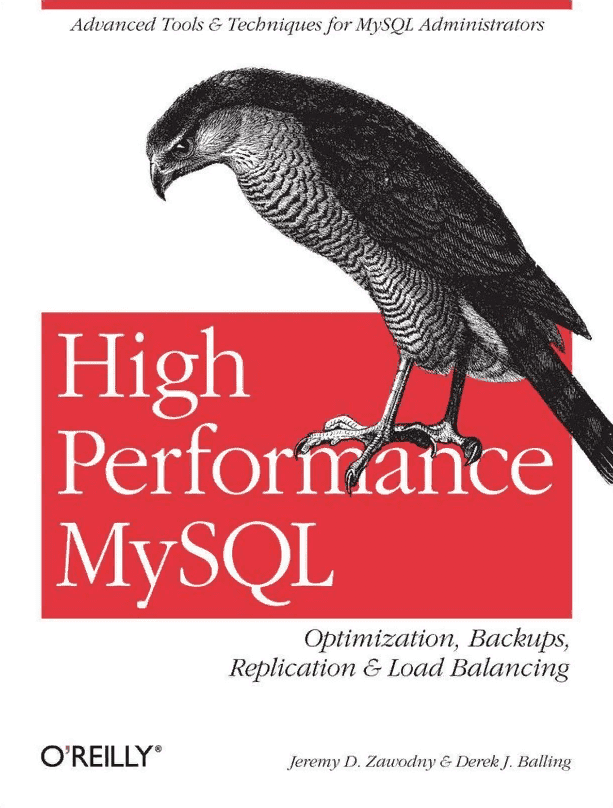
The second edition of this book presented a lot of information to readers, but no book can provide complete coverage of a topic. Between the second and third editions, we took notes on literally thousands of interesting problems we’d solved or seen others solve.
When we started to outline the third edition, it became clear that not only would full coverage of these topics require three to five thousand pages, but the book still wouldn’t be complete. After reflecting on this problem, we realized that the second edition’s emphasis on deep coverage was actually self-limiting, in the sense that it often didn’t teach readers how to think about MySQL.
As a result, this third edition has a different focus from the second edition. We still convey a lot of information, and we still emphasize the same goals, such as reliability and correctness. But we’ve also tried to imbue the book with a deeper purpose: we want to teach the principles of why MySQL works as it does, not just the facts about how it works. We’ve included more illustrative stories and case studies, which demonstrate the principles in action.
We build on these to try to answer questions such as “Given MySQL’s internal architecture and operation, what practical effects arise in real usage? Why do those effects matter? How do they make MySQL well suited (or not well suited) for particular needs?”
Ultimately, we hope that your knowledge of MySQL’s internals will help you in situations beyond the scope of this book. And we hope that your newfound insight will help you to learn and practice a methodical approach to designing, maintaining, and troubleshooting systems that are built on MySQL.
Скачать книгу можно бесплатно по данной ссылке: Скачать











































0 Comments